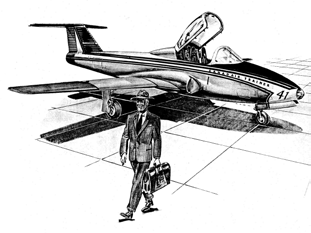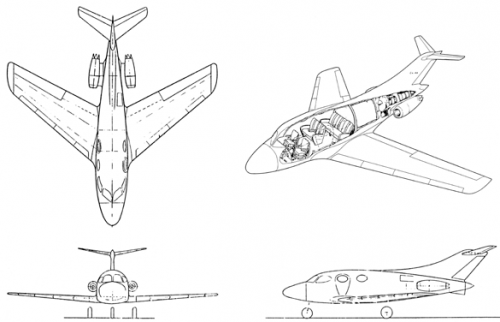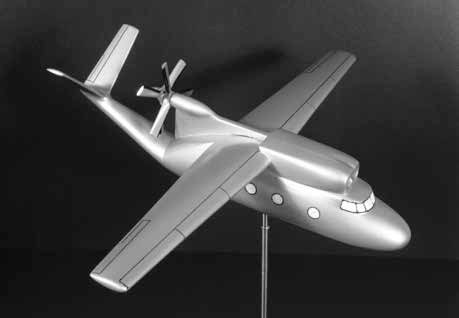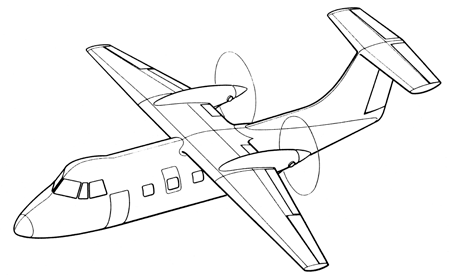- Joined
- 25 June 2009
- Messages
- 13,745
- Reaction score
- 2,931
Canadair Executive Aircraft Design History
by Bill Upton
Many of the proposed, new passenger transport designs, that came from the Canadair engineering mindset, catered mainly to the larger military market. If purchased by the military they would have a greater chance of being adapted for sales, at lower prices, in the civilian market. Some of these design proposals for propeller and jet driven aircraft were also marketed as corporate executive and business types, and a few made it to the mock-up stage and, in some cases, metal was cut for proposed contracts.
A few of the Canadair models that reached an advanced study, drawing or hardware stage for a business/executive transport aircraft included the CL-60/CL-42, CL-41, CL-53, CL-69 and CL-95.
NOTE: The CL-15, CL-15A, CL-42 and CL-60 series is covered in a separate topic:
USAF T-36A trainer (Beechcraft Model 46 / Canadair CL-60)
by Bill Upton
Many of the proposed, new passenger transport designs, that came from the Canadair engineering mindset, catered mainly to the larger military market. If purchased by the military they would have a greater chance of being adapted for sales, at lower prices, in the civilian market. Some of these design proposals for propeller and jet driven aircraft were also marketed as corporate executive and business types, and a few made it to the mock-up stage and, in some cases, metal was cut for proposed contracts.
A few of the Canadair models that reached an advanced study, drawing or hardware stage for a business/executive transport aircraft included the CL-60/CL-42, CL-41, CL-53, CL-69 and CL-95.
NOTE: The CL-15, CL-15A, CL-42 and CL-60 series is covered in a separate topic:
USAF T-36A trainer (Beechcraft Model 46 / Canadair CL-60)




